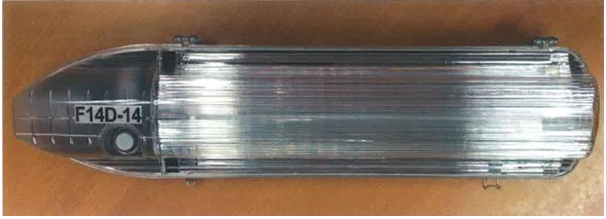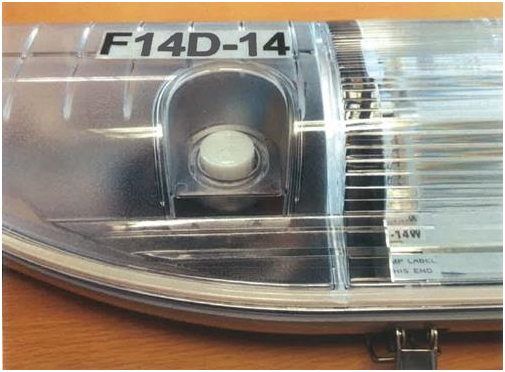Lighting patent shines – 30 March 2016
A recent decision [1] of the Full Federal Court [2] upheld an earlier judgement [3] that a Melbourne based company’s innovation patent [4] to a street light had been infringed by another Australian company [5]. The decision illustrates:
- the successful enforcement of an innovation patent to an invention we can all understand – you don’t need to re-invent the wheel to secure a valuable patent; and
- the importance of patent claim wording, and explains why we, as patent attorneys, give so much attention to it.
The coverage of a patent is defined by its claims. In this case the main claim read as follows:
A lighting assembly having a casing comprising a main body defining a port for receiving a mains cable, and a visor, the casing enclosing:
- a reflector assembly for receiving at least one lamp, and
- a termination chamber located laterally in relation to the reflector assembly,
wherein the visor is of unitary construction for covering both the reflector assembly and the termination chamber, at least part of the termination chamber and at least part of the reflector assembly being visible through the visor.
In context, ‘termination chamber’ refers to a chamber that contains a terminal block.
To infringe a patent claim, each and every feature of the claim must be taken. In this case, one of the features conveyed by the last phrase of the claim was in issue, i.e. was at least part of the termination chamber of the unauthorised product visible?
The unauthorised product is shown below in which ‘the termination chamber lies beneath the frosted section to the left-hand end of the plastic visor, where the identifying letters and numbers may be seen’ [6].
The court had to decide what ‘visible’ means in this context. As one [7] of the three judges [8] put it:
‘The question for consideration is: is the termination chamber [of the unauthorised product] “visible through the visor”? When a motorist, driving his or her car on a foggy morning, notices a blurred shape approaching on what ought to be the other side of the road, is the presumed other vehicle “visible” at that stage?’ [9]
The claim appeared in the context of a patent specification which explained that ‘A preferred embodiment of the present invention allows a linesman to carry out a visual inspection of the components without having to remove any covers’ (our emphasis). All parties accepted that the unauthorised product lacked this degree of visibility.
Two [10] of the three judges agreed that the unauthorised product had the requisite degree of visibility and in turn that that product was covered by the patent. They affirmed the earlier decision to the effect that:
‘Although there must be a practical level of visibility into the termination chamber, particularly from an EPV, it is not required that there be sufficient visibility to allow an inspection of the internal components’. [11]
Those two judges accepted that there may well be real and practical advantages in a degree of visibility insufficient to allow an inspection of the internal components, albeit that the specification does not provide any inkling of such an advantage.
The single dissenting judge [12] interpreted the claim differently. In his view, the claim requires a degree of visibility not present in the unauthorised product with the consequence that that product would not infringe.
Whilst the patent owner succeeded in this instance, the presence of a dissenting judge highlights that success turned on a subject on which reasonable minds differed. The case could well have been decided differently if the judges interpreted the claim wording differently. In the glare of hindsight, different wording may have put the patent owner in a more certain position and avoided the expense and complication of a court dispute.
Our engineering patent attorneys are ideally placed to assist with lighting and other electrical engineering inventions.
[1] Artcraft Urban Group Pty Ltd v Streetworx Pty Ltd [2016] FCAFC 29
[2] The court of first appeal for Australia patent matters
[3] Streetworx Pty Ltd v Artcraft Urban Group Pty Ltd [2014] FCA 1366
[4] Innovation patent no. 2009101103 in the name of Streetworx Pty Ltd
[5] Artcraft Urban Group Pty Ltd
[6] Artcraft Urban Group Pty Ltd v Streetworx Pty Ltd [2016] FCAFC 29 paragraph 170
[7] Jessup J
[8] Greenwood, Rares and Jessup JJ
[9] Artcraft Urban Group Pty Ltd v Streetworx Pty Ltd [2016] FCAFC 29 paragraph 171
[10] Greenwood and Rares JJ
[11] Streetworx Pty Ltd v Artcraft Urban Group Pty Ltd [2014] FCA 1366 at paragraph 90.
[12] Jessup J



